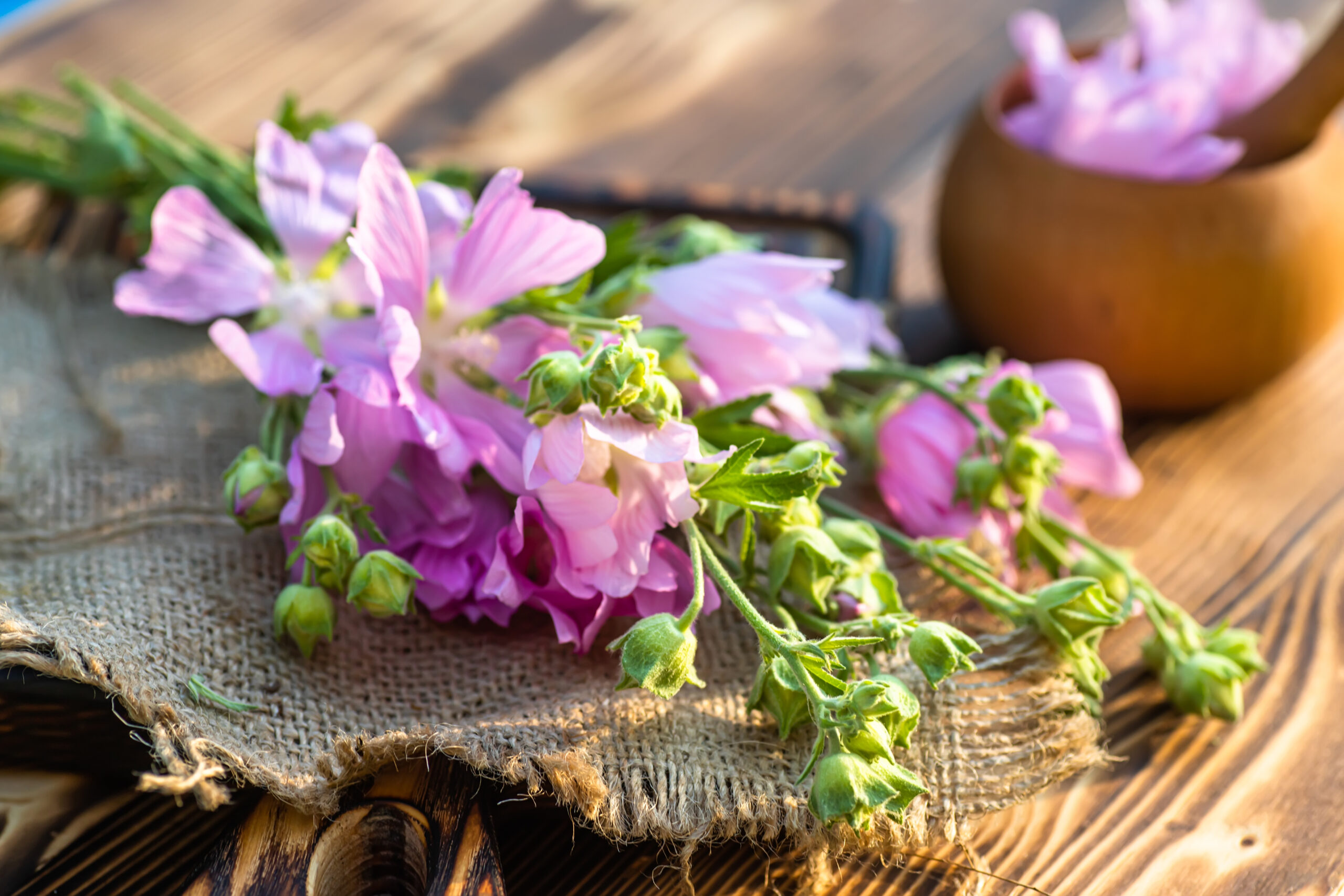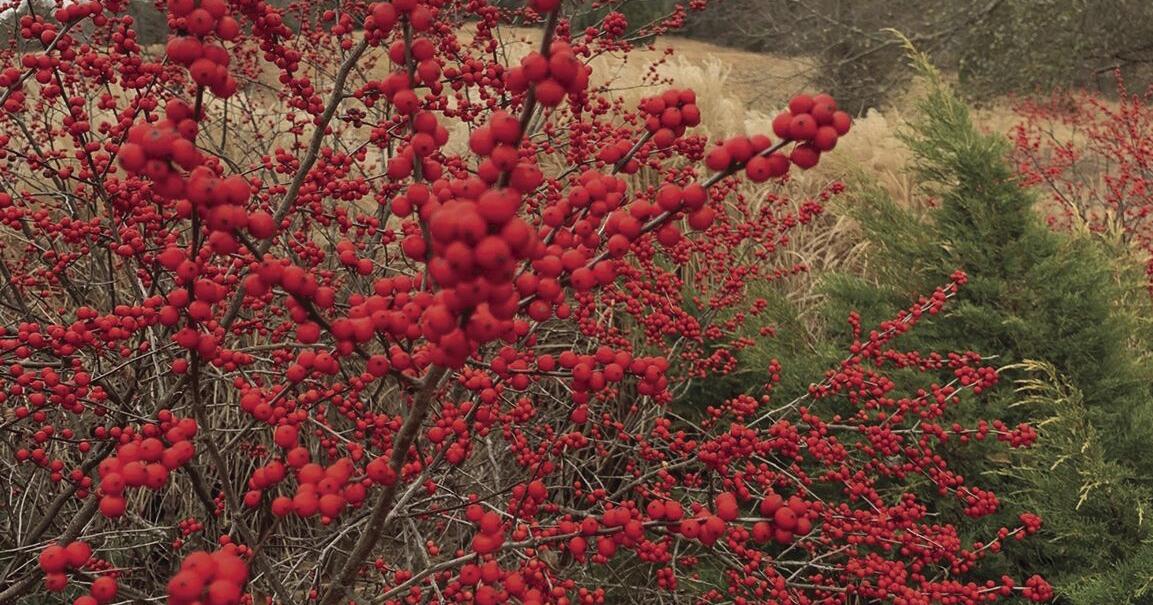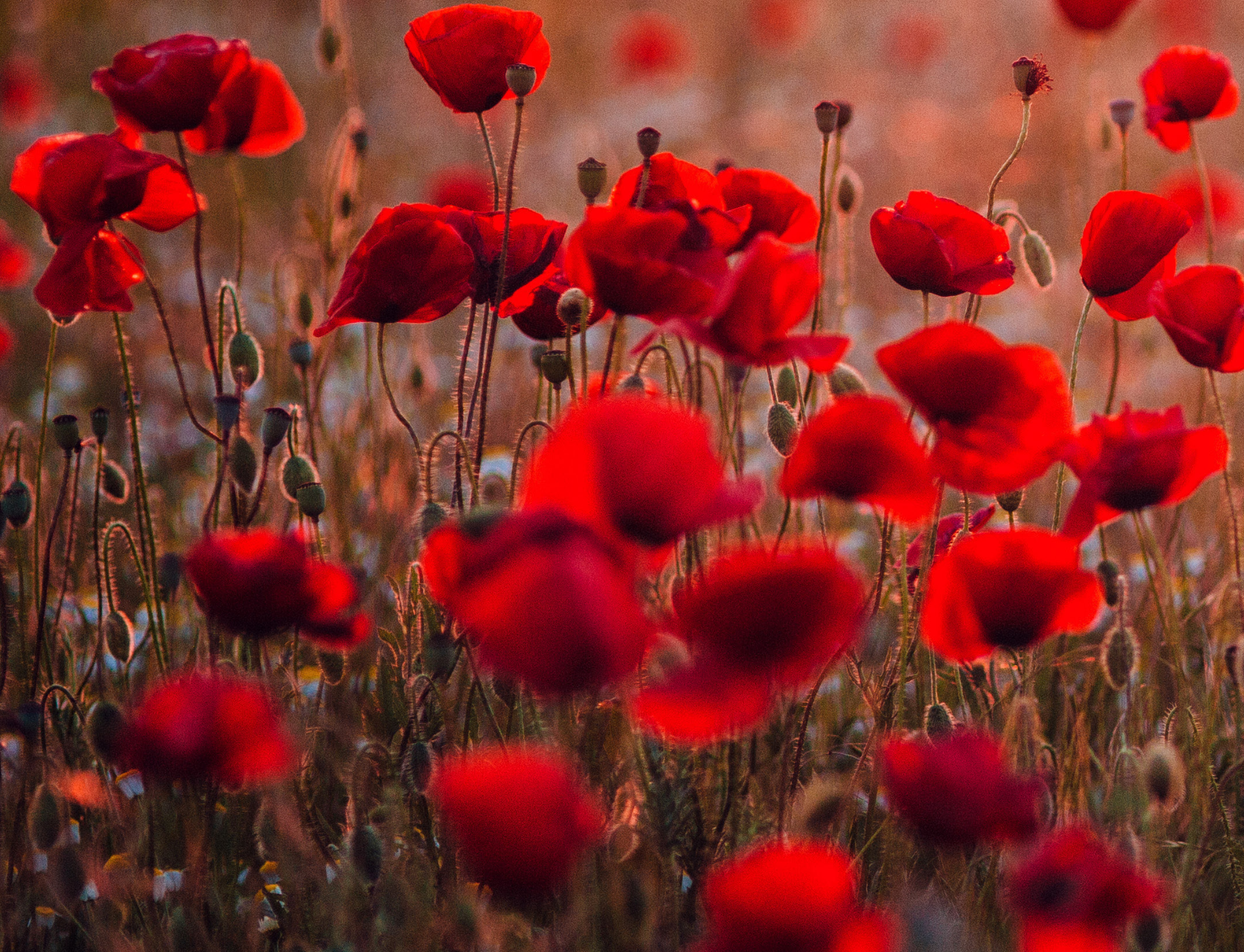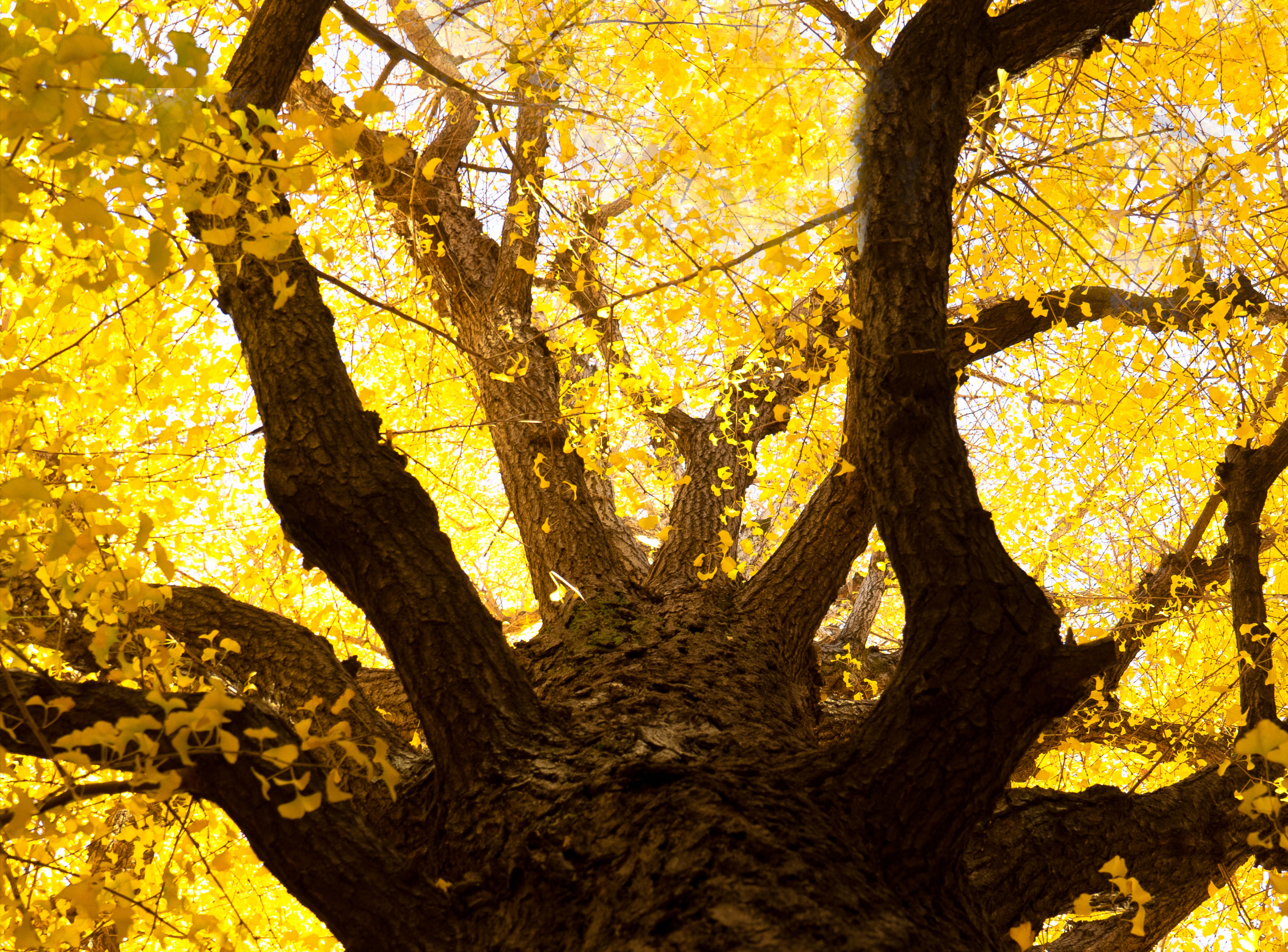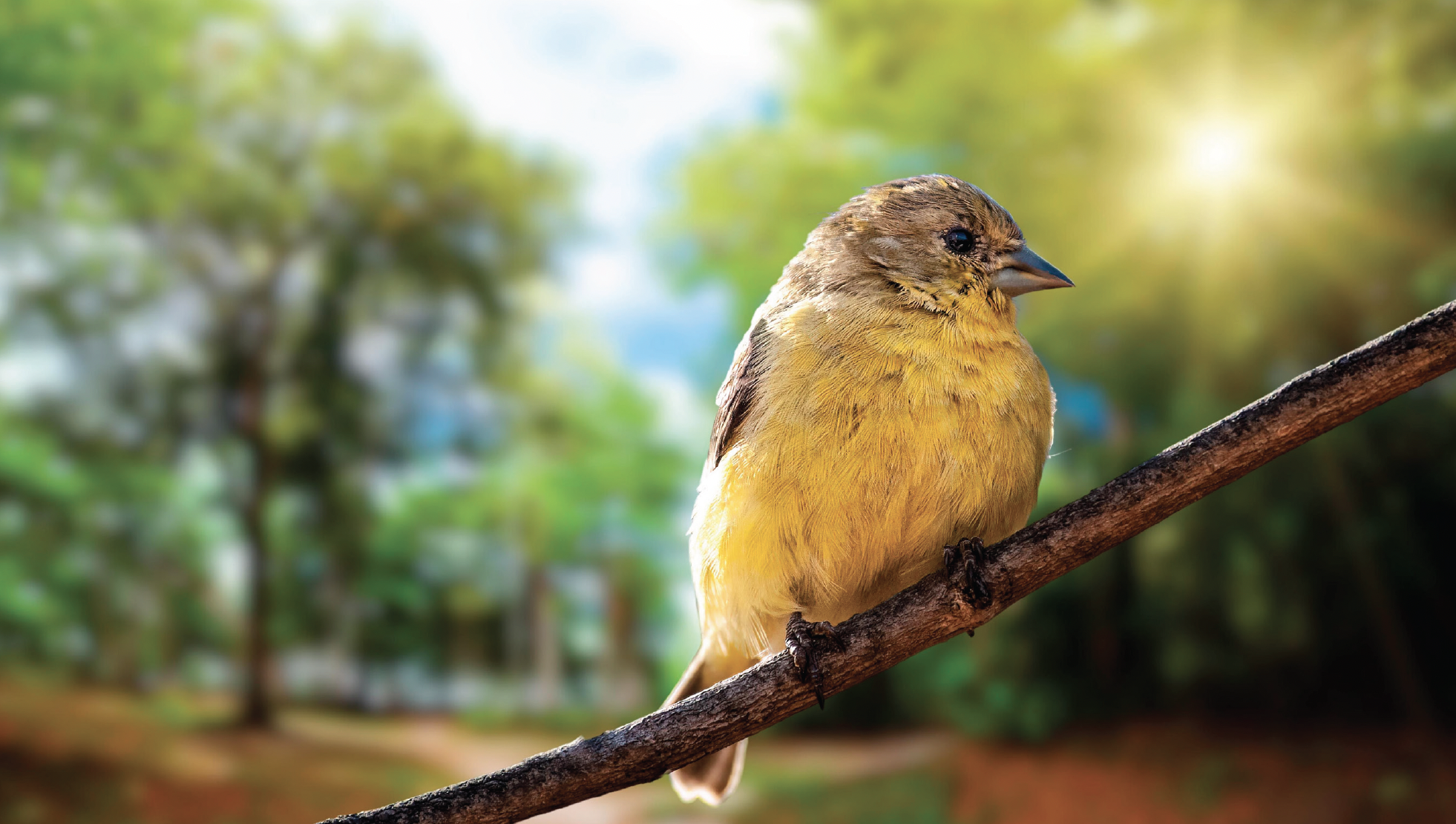Summertime and the living is easy. If you are looking for as easy plant to grow, try Heucheras, also known as coral-bells or alumroot. These plants are North America native wildflowers. This perennial can live through our drastic winters and hot summers.
In the past they have been grown for their spray of tiny long-lasting flowers borne on erect spikes. The effect is an airy delicate look. Flowers appear from late spring to early summer. Heucheras are mound shaped with low semi-evergreen to evergreen leaves. These leaves can last through winter but mine usually look like they would have been better off to have shed their foliage and started over. They are tattered, brown and ragged at winter’s end.
The leaves are three to four inches long and the plants stay about six inches in height. In today’s garden I use this plant for the foliage colors in planters. They have returned for the last three years. The foliage can be a strong, bronze, reddish purple, light green and even a green with gray or silver overtones and veins. The maple-looking leaf has more intense color when grown in the sun and takes a greener tint when given some shade.
I bought two flats of ‘Palace Purple’ years ago and put them out in the broiling sunshine where only Bermuda grass is growing. At first they seemed to make a small but noticeable display; by the end of summer they had all but disappeared. When fall came they perked back up. Now I am growing them in shade and they are much happier.
Alumroot flowers which are very long lasting though not showy come in an array of shades from red, carmine, pink and coral to white. These spiky blooms range from one and half to two and half feet tall. The hybrid coral-bells seem to do better in the Southern heat. Look for (H.x brizoides) when ordering. This includes ‘Chatterbox,’ ‘Firefly,’ ‘June Bride,’ and ‘Regal.’
You should plant Heucheras in evenly moist soil that is well drained. I keep a water hose close. A site with morning sun and afternoon shade seems to work best here in Tennessee. Spring is the time to plant although they can be moved or planted in the fall. Plant the crowns about one inch below the soil surface. Alumroot takes a season or two before it settles into its new home. Keep them mulched and well-watered, especially the first year. Heucheras need only minimal care to look their best, but since they form clumps of shallow woody roots, they are frequently heaved out of the ground in winter by our usual freeze and thaw weather. Reset if necessary or cover the crowns with mulch.
Division and propagation should be done regularly every four or five years. Dig in the spring and discard the oldest and woodiest part of the plant. Most Heuchera cultivars need to be propagated by division because they don’t come back true from seeds.
You can use Heucheras as an edging plant along a path or formal walkway or in large drifts as a ground cover. They look great grouped with Hostas, spring bulbs and ferns. They are also a good choice for containers since they have year-round foliage.




